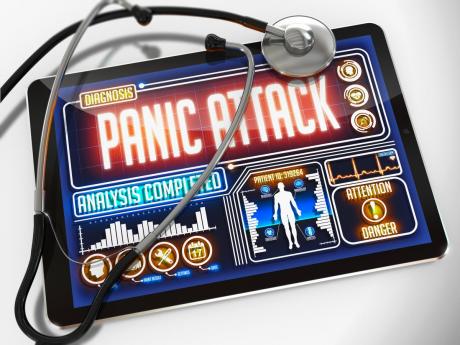Health + Tech | Digital alert systems
The electronic health record (EHR) offers a plethora of opportunities for digitised healthcare management. Imagine if there was a system where a doctor can get an alert to warn that a patient may be close to a life-threatening condition, giving him/her enough time to respond to save that patient before it is too late. With the increasing implementation of electronic systems, this no longer has to be imagined. It is possible today. Many healthcare organisations have been taking advantage of this feature in their electronic heath management systems.
There is a lot that can be done to improve patient care using the EHR for more than just electronic record-keeping and sharing. Various types of algorithms can be created to alert a medical professional and even a patient about health-related issues through the EHR. A lot of remote care management tools use this model to alert users of abnormal readings such as heart rate and blood pressure.
Digital alerts can also be created for several things such as prescription filled from pharmacy to healthcare provider, blood pressure levels, heart rate changes, blood sugar levels, and so on. It can also be used as a means of keeping a healthcare team updated on the status of a shared patient.
ALERTS CAN BECOME BURDENSOME
Digital alerts can get too much and can become burdensome, and therefore ignored if healthcare providers apply them to every functionality. The key is to choose what they may consider the most pressing needs for that particular patient population and create useful alerts based on this. For example, The University of Utah Health has been using an alert system through its EHR to reduce its sepsis mortality rate by 20 per cent, amounting to about 40 lives saved annually.
Sepsis in the United States is said to be the most common cause of death among critically ill patients. The alert system works by using the vitals of the patient posted in the EHR to alert a doctor. In the case of the University of Utah Health, a treatment page automatically pops up once a doctor opens the patient’s record, prompting him/her to conduct tests and put in place treatment for sepsis.
Similarly, other providers can use country data along with the EHR data analysis to figure out on which areas they need to focus for their population and create those alerts.
Regular screening tests such as prostate, Pap smears, breast exams and dental check-ups could benefit from patient and physician reminders through digital alerts. Importantly, in our context, digital alerts would be very useful in general chronic disease management as several similar healthcare systems have already done.
USEFULNESS OF DIGITAL ALERTS
In 2017, Konerman et al conducted a study to look at the usefulness of digital alerts for screening and diagnosis of chronic Hepatitis C in an effort to improve care and treatment. The team “implemented an EHR-based ‘Best Practice Advisory’ (BPA) that prompted primary care providers (PCP) to perform HCV screening for patients seen in primary care clinic” with specific conditions attached to better determine the patients who qualified for screening. They found that in the three years prior to BPA implementation, HCV screening increased from 7.6 per cent for patients with a PCP visit in the six months prior to BPA to 72 per cent over the one-year post BPA.
The team concluded that “Implementation of an EHR based prompt increased HCV screening rates ... fivefold due to efficiency in determining needs for HCV screening and workflow design. Streamlined access to specialty care enabled patients with previously undiagnosed advanced disease to be cured.”
Our immunisation programme, while very commendable, could use a similar focus to fill the gaps that we experience each year in vaccination, especially the rate at which parents return for the important booster shots. The adult vaccination rate could also benefit from this approach. I am confident that using digital alerts, over time, we would see significant improvement in our present immunisation rates.
The usefulness of digital health alerts is clear, and if used correctly can significantly improve patient care and involvement. We are moving swiftly towards healthcare digitisation, and the opportunities to seek improvements in care through electronic health management systems are endless.
- Doug Halsall is chairman and CEO of Advanced Integrated Systems. Email feedback to doug.halsall@gmail.com and editorial@gleanerjm.com.


